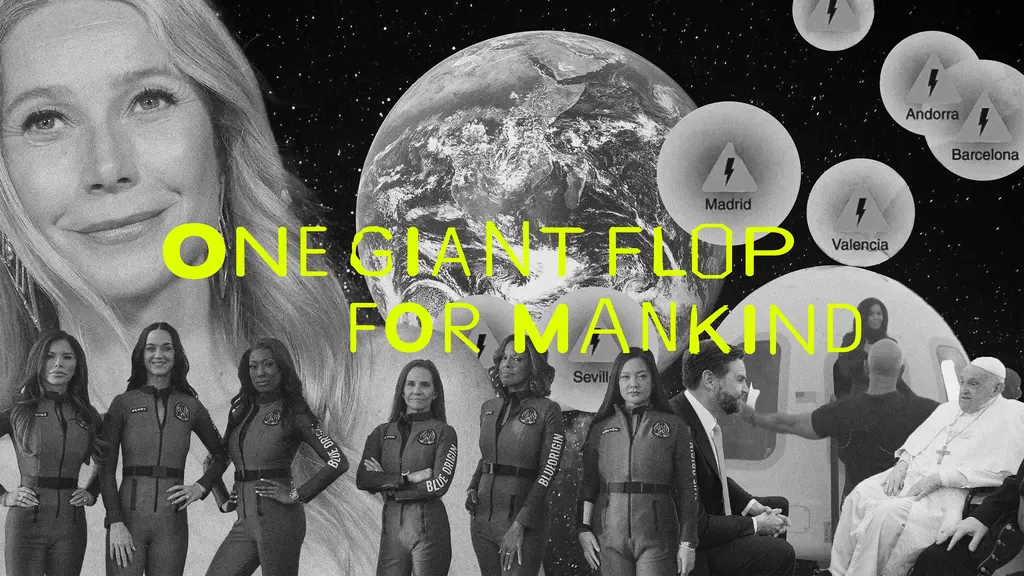Samuel Fosso’s photos pay homage to Black liberators
- Text by Miss Rosen
- Photography by Samuel Fosso

At the age of 13, Samuel Fosso opened Studio Photo National in Bangui, the capital of the Central African Republic, in 1975. After completing work in his commercial studio, he would then finish off unused rolls of film by making self-portraits. As the years progressed, Fosso established himself as one of the most innovative artists – working on both sides of the camera.
“Fosso acting as artist and subject is essential to his work; it is a common thread that runs through his photography since the beginning of his artistic career,” says Paul R. Davis, Curator of Collections at the Menil Collection in Houston, Texas.
“His control of both sides of the camera is also more broadly significant of the history of photography on the African continent,” he continues. “It can be seen as a radical act of repurposing the same technology used to sustain the subjugation of Africans and other indigenous peoples under colonialism during the 19th and 20th centuries. The colonial camera fixed indigenous peoples as typologies and denied their personhood. Fosso’s self-portraiture imparts a freedom to explore and a power to define one’s individuality through the camera.”

Muhammad Ali
In 2008, Fosso embarked on the series African Spirits in which he cast himself 13 groundbreaking Black liberators of the 20th century, now on view at the Menil Collection. Each portrait references an iconic photograph that helped define the lives and legacy of leaders and activists like Malcolm X, Martin Luther King, Jr., Angela Davis, Nelson Mandela, Patrice Lumumba, and Kwame Nkrumah, among others.
Davis points to John Dominis’ photograph of U.S. track stars Tommie Smith and John Carlos, who won gold and bronze medals at the 1968 summer Olympic Games in Mexico City, which Fosso remade for the series. “The fisted-glove Black Power salute Smith and Carlos gave in protest during the award ceremony sent shockwaves around the world,” Davis says.
Their silent act of protest and pride became a turning point in their lives. “In response, the U.S. Olympic team immediately banned the two athletes from competition and sent them home where they faced racist epithets, death threats, and uncertain futures as pariahs in their own country,” Davis says.

Nelson Mandela

Martin Luther King, Jr., FBI Mugshot
This image, like many others Fosso reinvents, remind us that speaking truth to power does not come without tremendous sacrifice. By performing as these archetypal figures, Davis explains, “Fosso often mentions his desire to inhabit the lives of the people he pictures. In many ways, I imagine the process of becoming his photographic subject was an incredibly personal and an intensely creative journey.”
While Fosso completed this series 14 years ago, the struggle for Black liberation continues. “Intolerance and the violence of bigotry, white nationalism, and discrimination have not gone away—the same issues the figures personified by Fosso in the African Spirits series fought against more than sixty years ago,” Davis says.
“In honouring these heroic figures at challenging and definitive points in their lives, Fosso’s images raise poignant and still extremely relevant questions about the imbricated histories of the Black body, individuality, athleticism, celebrity, and the media.”

Miles Davis

Aimé Césaire

Seydou Keïta

Tommie Smith

Haile Selassie
Samuel Fosso: African Spirits is on view August 5, 2022 through January 15, 2023, at the Menil Collection in Houston, Texas. The show is presented in conjunction with the 2022 FotoFest Biennial and African Cosmologies Redux , a new presentation of photography originally curated by Dr. Mark Sealy OBE, Director of Autograph, London, and Professor at University of the Arts London.
Enjoyed this article? Like Huck on Facebook or follow us on Twitter.
You might like

Largest-Ever Display of UK AIDS Memorial Quilt Opens at Tate Modern
Grief Made Visible — Comprising hundreds of panels made by lovers, friends and chosen family, the UK AIDS Memorial Quilt returns in full for the first time since 1994 – a testament to grief, friendship and the ongoing fight against HIV stigma.
Written by: Ella Glossop

In Medellín’s alleys and side streets, football’s founding spirit shines
Street Spirit — Granted two weeks of unfettered access, photographer Tom Ringsby captures the warmth and DIY essence of the Colombian city’s grassroots street football scene.
Written by: Isaac Muk

Remembering New York’s ’90s gay scene via its vibrant nightclub flyers
Getting In — After coming out in his 20s, David Kennerley became a fixture on the city’s queer scene, while pocketing invites that he picked up along the way. His latest book dives into his rich archive.
Written by: Miss Rosen

On Alexander Skarsgård’s trousers, The Rehearsal, and the importance of weirdos
Freaks and Finances — In the May edition of our monthly culture newsletter, columnist Emma Garland reflects on the Swedish actor’s Cannes look, Nathan Fielder’s wild ambition, and Jafaican.
Written by: Emma Garland

Why Katy Perry’s space flight was one giant flop for mankind
Galactic girlbossing — In a widely-panned, 11-minute trip to the edge of the earth’s atmosphere, the ‘Women’s World’ singer joined an all-female space crew in an expensive vanity advert for Jeff Bezos’ Blue Origin. Newsletter columnist Emma Garland explains its apocalypse indicating signs.
Written by: Emma Garland

We are all Mia Khalifa
How humour, therapy and community help Huck's latest cover star control her narrative.
Written by: Alya Mooro

